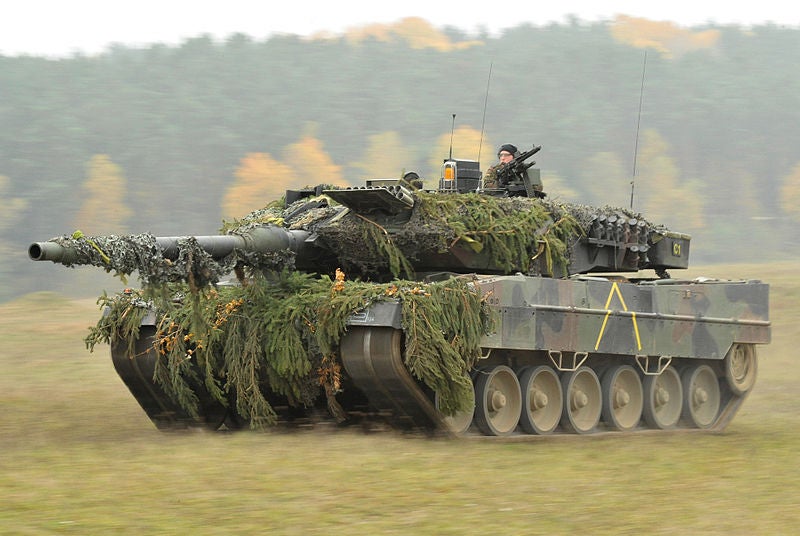
Army Technology Survey: The Continued Value of Main Battle Tanks
Our poll asked ‘Are main battle tanks still a worthwhile investment?’. Of 6,011 respondents, 4,434 (74%) said yes, whereas 1,577 (26%) said no.
The modern main battle tank as we know it has been a mainstay of armed forces since the 1960s when the medium tank evolved into the main battle tank during the cold war. However, as the world transitioned from nation-state threats to asymmetric counter-insurgent operations in the early 2000s tanks were increasingly seen as obsolete.
This viewpoint is starting to swing back, with the return of great power competition and several countries look to bolster their forces capable of area denial in Eastern Europe and across the globe.
Some global armed forces are looking to upgrade their main battle tank (MBT) fleets, with France looking to upgrade its Leclerc MBT, and the UK planning to extend the service life of the Challenger II.
In Europe, there is also a joint Franco-German effort to develop a new MBT to replace the in-service Leclerc and Leopard tanks respectively. Currently, the early concept of the vehicle involves a Leclerc turret installed on the hull of a Leopard 2. The Main Ground Combat System (MGCS) tank is scheduled to enter service in 2035 ensuring the MBT’s place in armed forces’ arsenals for the next few decades.
The budget committee of the Bundestag last week gave the go-ahead for further work on the MGCS project, approving a two-year study for what would be required of the future system.
Despite advancements and the increasing firepower of unmanned ground vehicles, MBTs are likely here to stay for the foreseeable future. As Army Technology previously reported, projects like the US Robotic Combat Vehicle (RCV) programme are laying a framework for tanks to become unmanned but the technology is not fully developed yet.
Royal United Services Institute land warfare research analyst Nick Reynolds previously told Army Technology that MBTs’ versatility makes them valuable assets on the battlefield and easily switch between missions as required. A well-crewed MBT can go from reconnaissance missions to area defence with ease, all while maintaining operational independence for extended periods.



